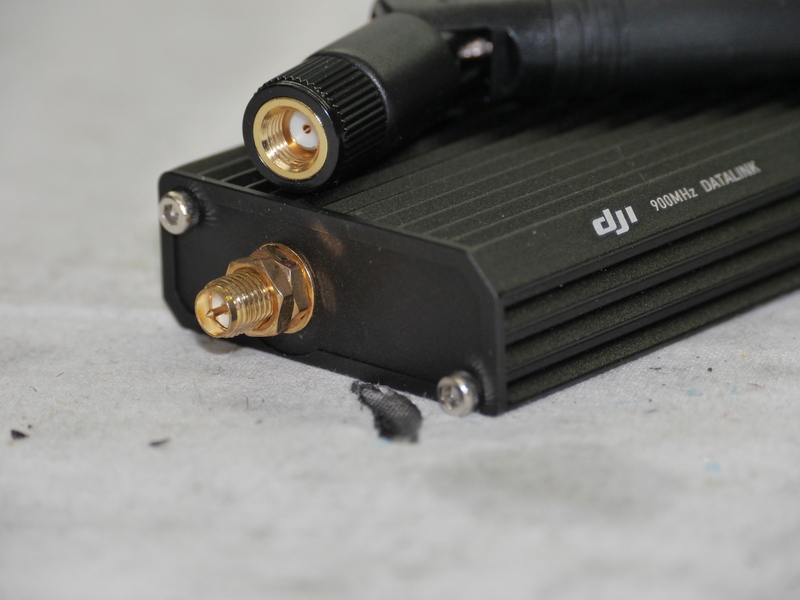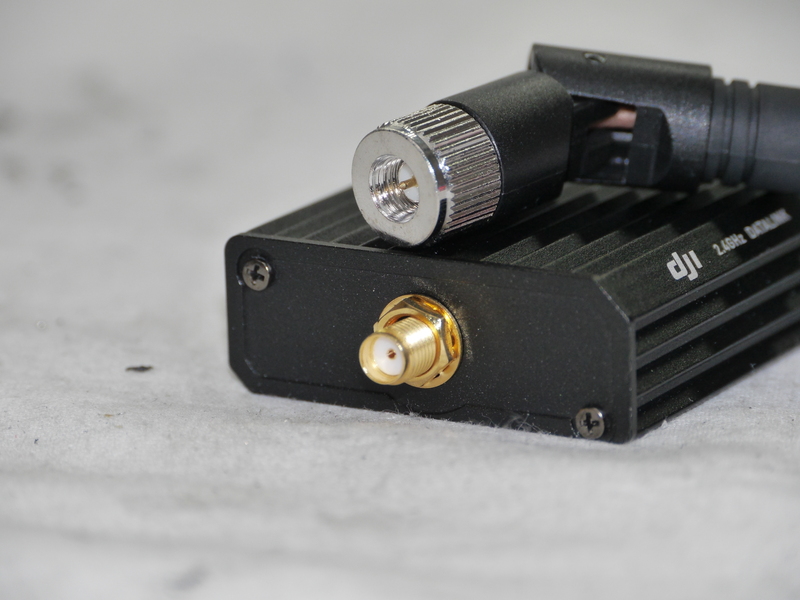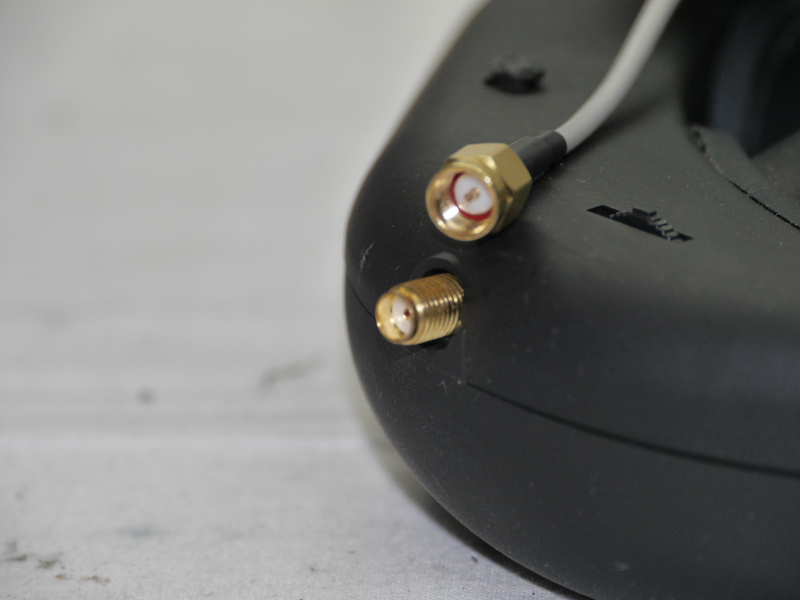spartan2381
Member
Does anyone know if the DJI waypoint hards uses SMA or RP-SMA connector? The manual says SMA but I know when dealing with say a Foxtech hardware I need to use a RP-SMA antenna and was wondering if its the same with DJI.
I tried a standard SMA Cloverleaf on the DJI-Data Link....didn't mach. Have to try something else once I am home....
Chris
My 5.8Ghz DJI video downlink transmitter has the original, standard, SMA connector which matches most currently available cloverleaf antennas such as FatShark.
That might be the reason why the the standard SMA fits on your Data-Link and not on mine.....I got the 900 Mhz version, and there it definitely doesn't fit. I forgot about this thread and didn't try other connectors, but will give it a try tonight.
Chris
My DJI 900Mhz datalink system came with the matching antennas for both radios which are the conventional SMA connectors .....



What are the expected ranges for the 900 and 2.4 data links?
Also do they give a strength indicator in ground station?
Still waiting for new serial otherwise I would probably know.
Thanks.
This all is great information. Question: Is there any benefit with replacing the 2.4Ghz stock antenna with a cloverleaf or some other antenna configuration?
I've been somewhat frustrated with my FPV setup. I have a DJI 5.8ghz TX/RX, with BlueBeam Ultra Cloverleaf Antennas which have better TX/RX than the stock DJI cloverleafs, according to a few tests at ground level. The receiver connects to a FoxTech 7in Monitor via NTSC composite. I get video alright, however as soon as I get around 200ft in the air, my video gets garbled. I've been thinking about getting a 5.8ghz 16dbi patch antenna on the receiver side to see if I can see some video from a reasonable altitude. Any similar experiences out there? Or any 5.8 patch antenna users? Whats the scoop?
